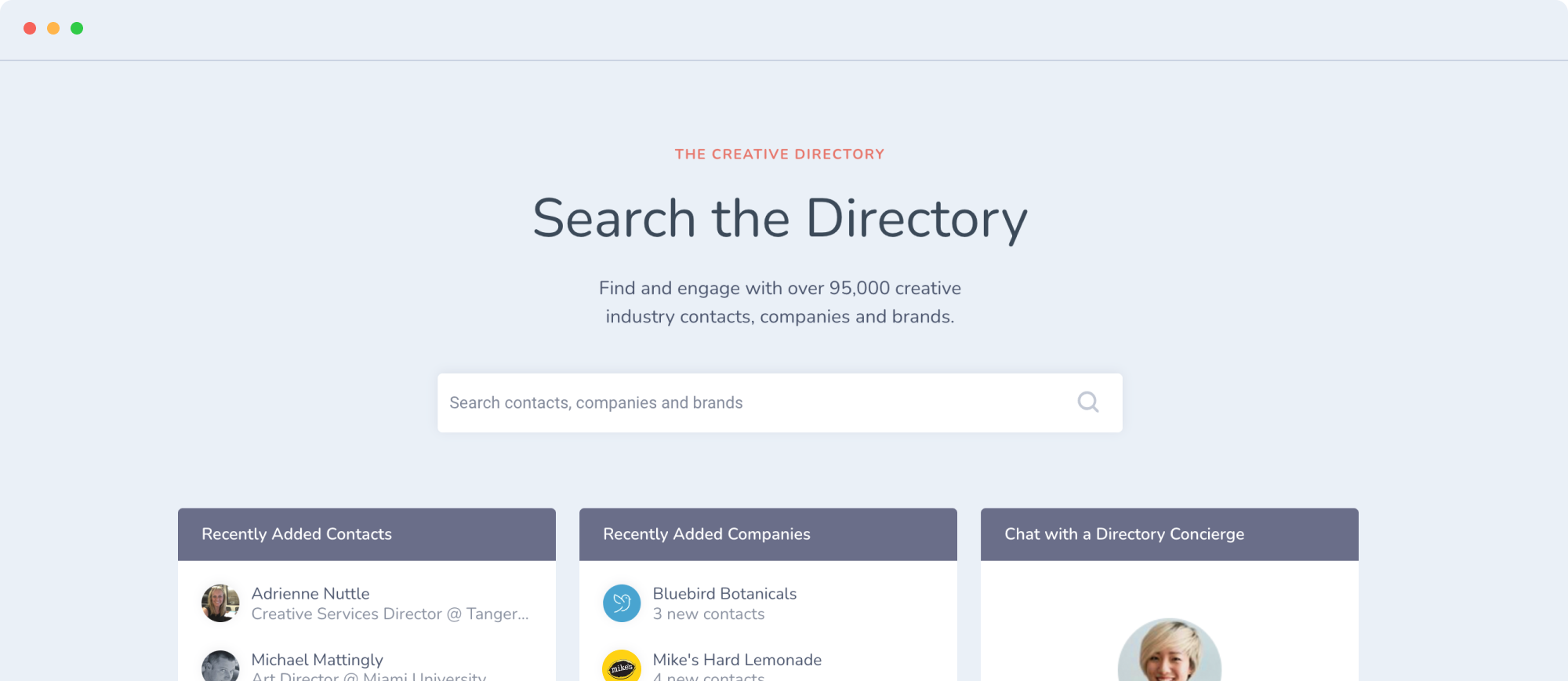Prospecting Tips
The Art & Value of Networking

Great artists are not islands. While you have probably imagined the solitude of toiling away with only your ideas to fuel exceptional visual work production, the second the idea leaves your head, it is translated to paper or digital screen. You'll need the help of others to give it any traction. Whether it be consuming and appreciating it, seeing the value and promoting it, or seeing the potential and hiring you because of it, no artist ever succeeded without a bit of networking.
When talking about networking, we tend to picture a large room of industry people gathered at a trade event, everyone looking to 'get' something. The beauty of a trade, industry, or creative organization event is that everyone attending has a common interest, making them a relevant match to expanding your network. But networking is a social skill that needs to be cultivated and trained to work. Let's throw away the notion that you're born with it, or you're not. While some artists may inherently be better at having conversations, describing themselves and their work coherently, and making bold requests, it's not an impossible skill to master.
Assets
Your work likely starts before you enter the room. Manage your assets first: business cards, a printed or iPad portfolio, or a mobile-friendly website, an elevator pitch that feels natural, and a focus on the personal or client projects you're enthusiastic about. Enthusiasm is infectious, and a lot easier for others to connect with and be interested in.
Research
If possible, research the moderators/organizers and organization. If you can research a notable attendee – their work, ideas, their background – it opens your chances of staying engaging with them. Take this opportunity to send them a message along the lines of, "It's great to meet you. I enjoyed the work you did on 'x' account recently, and the initiatives you implemented at 'x' agency was a game-changer for the industry". Being a creative professional can often feel like shouting into a void– likes and comments like, "this is cool" are great – but having someone take an interest in your work and communicating how it personally affected them is gold.
Confidence and Communication
If you're an artist who does not feel comfortable having conversations – either in-person or over the phone – but can articulate themselves if given the time to write out their perspectives – this is your section. Confidence tends to come from a high sense of self, which can be achieved by accomplishing tasks and experiences that you find impressive (like the things you want to do that scare you or pushing the bounds of your creative expression).
I have an exercise for you. Ask a friend to listen to your elevator pitch. Have them respond in the cruelest way possible, beyond what may be reasonable (i.e., "That's the dumbest idea I've ever heard, apologize to me for wasting my time). Having the experience of role-playing the worst possible scenario frees you up to be ok with; however, regular people abiding by social norms will react to you.
Game Day
Start where you feel comfortable, either finding someone to chat with one-on-one or inching your way into a group of people exchanging ideas. Try not to be too in your head, thinking of the perfect thing to say. When you do this, you're not listening to others. You want dialogue, not a monologue, so be an active listener and engage earnestly. If the conversation isn't gaining any traction, excuse yourself and try again elsewhere. No one, and I mean no one, knocks every conversation out of the park, and that's ok. Don't internalize it and let it discourage you, move onto the next.
Let's discuss the difference between being engaging vs. looking to 'get' something. People can sense if you're only talking to them to 'get' something, and they likely won't be too open to your asks if they feel like they're getting sold to or talked at. Be mindful that sharing your endeavors, ideas, experiences, and results is a lot more engaging than being braggadocios about your technical skills, client lists, or social media follower numbers.
Be Bold
Whether it's asking to share your info or connect further offline or on, you may want to see how open someone is to continue the relationship beyond the one conversation at the event you both attended. Package your message as clearly as possible (i.e., Can I send you some samples of my successful and/or passion projects so that you can assess whether I'm a good fit now or in the future for any projects you may have? vs. If you have the time, I'd appreciate it if you could look at my work and judge for yourself if I'd be a good fit for your clients' projects – no pressure though if you don't want to.) The more language you use to pad your ask, you run the risk of confusing your message or permitting people to say no. Being bold takes practice. To be successful at it, you have to give up any expectation of them saying yes and being ok with them saying no. But a no is not a defeat; it moves you one step closer to receiving a yes.
Let's say you left with plenty of business cards and affirmatives that people would like to connect with you further. Do whatever feels right:
- Connect on social
- Send a thank-you email for their time and perspective
- Ask them to meet up later to share and discuss ideas
At the end of the day, the value of a great conversation at an event is a connection made and a relationship begun.
Grow your client list
with Agency Access
Already have an account?
An account with the same email address already exists. To continue, login to your account.
Login- 7-day free trial
- No obligation
- Cancel anytime


